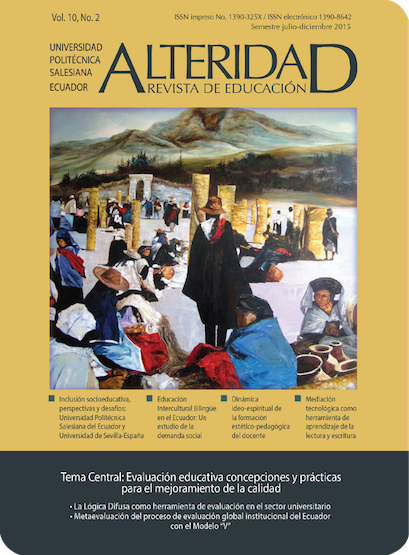The educational evaluation has already gone a long way conforming different traditions, mainly Anglo-Saxon, Francophone and later Latin American. In general, it could be said that, from being an activity that emerges as an empirical social practice, through pragmatism to professionalisation, reveals transitions that show an epistemological interest to give reliability and validity to the evaluation of processes and results, As well as the information generated to support decision making. In that discourse, the debate about the underlying rationality was and remains determinant, in order to form a corpus as a specific and necessary field of knowledge, which contributes to improving the quality of education in different latitudes and levels of education systems . Gradually, typologies have been developed, enriching their conceptions, models, methodologies and practices by increasing awareness of the complexity of processes and their importance in confronting the limits and scope of a technical rationality in the face of a critical rationality that each Again, insofar as it confers a leading role to the various social actors who are directly involved in evaluation actions. This fact has also been recognized in the main approaches to national and international educational policy, which emphasizes that through evaluation should be given public assurance of the quality of education.
Published: 2015-12-30
Full Issue
Central Theme
132-145
Metaassesment of the Global Instititucional Evaluation Process in Ecuador with the “V” Model
468
PDF (Spanish)
730
Downloads
146-162
Special Contributions
Social and educative inclusion, perspectives and challenges: Universidad Politécnica Salesiana from Ecuador and Universidad de Sevilla - Spain.
557
PDF (Spanish)
876
Downloads
154-179
Bilingual Intercultural Education in Ecuador: A Study of Social Demand
1882
PDF (Spanish)
6242
Downloads
180-189
Dynamic ideo-spiritual of the aesthetic pedagogical teachers performance
423
PDF (Spanish)
987
Downloads
190-204
205-221
Review
222-225
ACADEMIC REPORT
226-232

